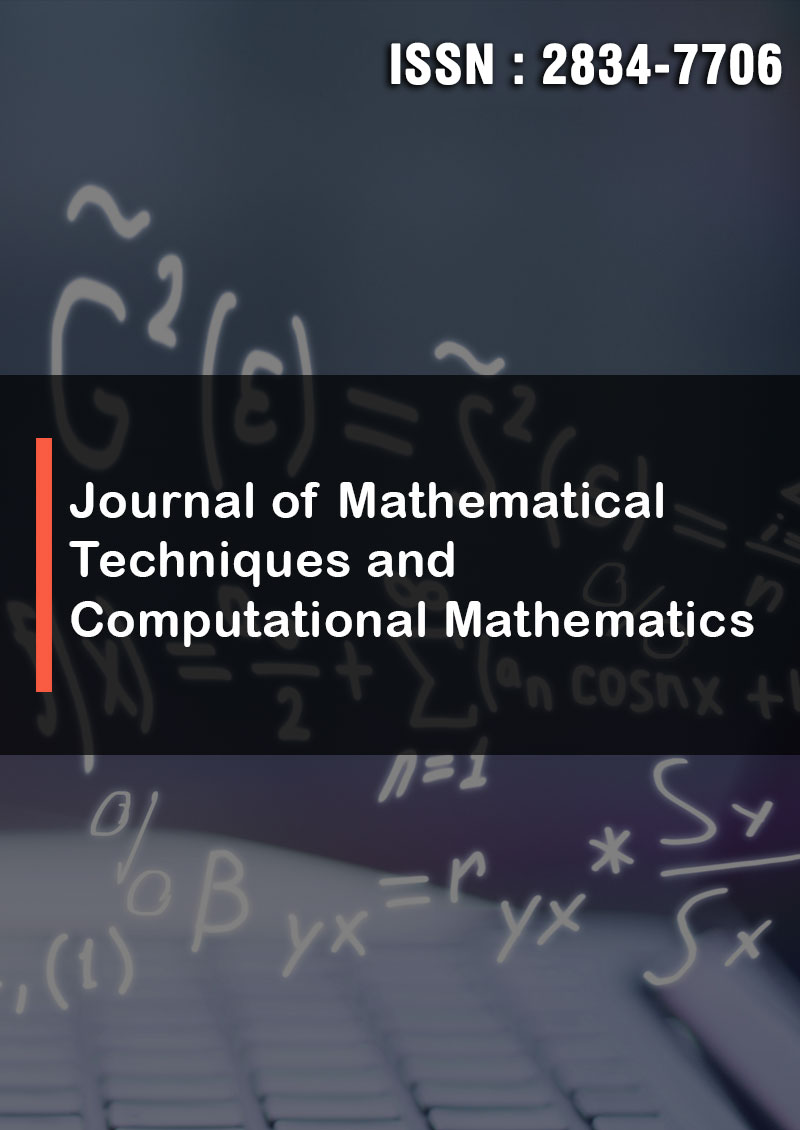Principles of Classical Mechanics Describe Gyroscopic Effects
Abstract
Ryspek Usubamatov and Sarken Kapayeva
The unexplainable motions of the simple spinning top toy, boomerang, and other spinning objects attracted people since the time of ancient civilizations. The intricated motions of the rotating objects and the action of the unknown forces were named gyroscopic effects. The physicists and mathematicians tried to solve them beginning from the Industrial Revolution until our time. One gyroscopic effect which is the side motion of the spinning disc was described by L. Euler and presented in the world encyclopaedias as the fundamental principle of gyroscope theory. The origin of gyroscopic effects is more sophisticated than in published and simplified theories. Analytical solutions to other gyroscopic effects were described only in our times. The system of the interrelated inertial torques generated by the rotating mass acts on the spinning object based on the principle of mechanical energy conservation. This system presents the fundamental principles of gyroscope theory.



